Maritime Safety Guide and Maritime Regulations
Nearly all world industries rely heavily on maritime shipping. Former Secretary-General of the United Nations Ban Ki-moon once stated, “Maritime transport is the backbone of global trade and the global economy.” Due to the vastness of the oceans, safety has always been foundational to the shipping industry. This maritime safety guide condenses the many rules and regulations ensuring safety across marine waterways.
Home » Maritime Safety Guide and Maritime Regulations
What is Maritime Safety?
Maritime safety is the collection of measures to protect life and property at sea. Specifically, the guidelines come from the International Convention for the Safety of Life at Sea (SOLAS). SOLAS provisions range from setting the frequency of ship inspections to implementing approved life-saving appliances.
Crew member training and certifications also ensure that sailors follow best practices and protocols at sea. IMO generally oversees international shipping safety matters, but the organization is also responsible for preventing marine and atmospheric pollution.
Why Is Marine Safety Important?
Marine safety is important because it prevents accidents at sea and protects human life. It also helps preserve marine ecosystems and supports economic stability by ensuring the safe movement of goods and people. The shipping industry was one of the first industries to implement comprehensive international safety standards set forth by the International Maritime Organization (IMO).
Sadly, many injuries and deaths have occurred to those working on or near the water, making maritime law an integral measure of safety.

What Are the Risks Faced by Maritime Workers?
Maritime workers are exposed to many risks while on duty. According to the CDC, the marine transportation industry recorded 87 fatal injuries between 2011-2017, almost six times the rate of all U.S. workers. During the same period, U.S. Bureau of Labor Statistics data shows 11,000 non-fatal maritime injuries.
The main risks faced by maritime workers include:

Accidents
Life at sea is unpredictable and often dangerous. Maritime workers can have life-threatening accidents every day while at work. Poorly placed objects on the ship’s decks can cause obstruction or slip and fall injuries.

Respiratory Diseases and Cancer
Maritime workers are often exposed to fumes, asbestos, heavy metals, and solvents, leaving them vulnerable to respiratory diseases. Shipyard workers and welders are at high risk for cancer due to airborne hazardous materials in their workplaces. Long-term workers and Navy veterans also face an increased risk of mesothelioma from past asbestos exposure.

Fires and Explosions
Fires and explosions can cripple a vessel, causing the loss of life, property, and goods. In the enclosed spaces of a ship, fire can spread rapidly. Fire prevention, detection, and extinction regulations seek to avoid total devastation, but accidents can still happen.

Falling Objects
Loose objects like wrenches can fall from elevated platforms and pose a danger to the people below. Given the unpredictability of a rolling ship, any unsecured item can be a hazard.

Extreme Temperatures
Exposure to extreme temperatures on a ship can cause fatigue, dehydration, high body temperature, and hypothermia.
Maritime Safety Rules and Standards
The STCW Standard of Training, certification, and watch-keeping regulates the level of competence crew members need to join merchant vessels. The STCW entails training and certification, adherence to standard hours of work and rest, medical requirements, and more. The convention is a must-read for all maritime personnel. Its maritime safety rules and standards include:

International Safety Management Code
The regulations list safe management practices to ensure maritime safety and prevent pollution. It’s a foundational code of the SOLAS Convention, which regulates the safe management of shipping operations. It’s also an essential code for shipping owners, operators, companies, and maritime institutions.
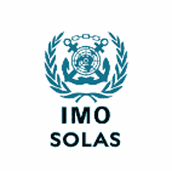
Safety of Life at Sea (SOLAS)
The SOLAS code protects maritime personnel and the sea. It describes the required safety rules for all merchant ships.
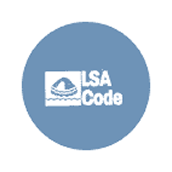
Life-Saving Appliance Code (LSA)
The International Maritime Organization provides international requirements for life-saving tools and appliances such as life jackets, immersion suits, visual aids, and thermal protectives.

Procedure For Port State Control
This procedure is done at nearly all ports worldwide. It sets the protocol for inspecting foreign ships to maximize sea safety while also controlling maritime pollution.

Fire Test Procedures
This code provides the international standards for the various categories of approval, laboratory testing, and fire test guidelines for products quoted in SOLAS chapter II. The code has multiple tests such as surface flammability, smoke, toxicity test, and non-combustibility. The procedures also have the global requirements for non-combustibility, smoke, and toxicity tests of A, B, and F class divisions. It also regulates fire door control systems and surface flammability tests.

Cargo Security and Storage Code
This code sets safe working conditions for securing containers on the ship’s deck and safe ship storage measures for motor vehicles.
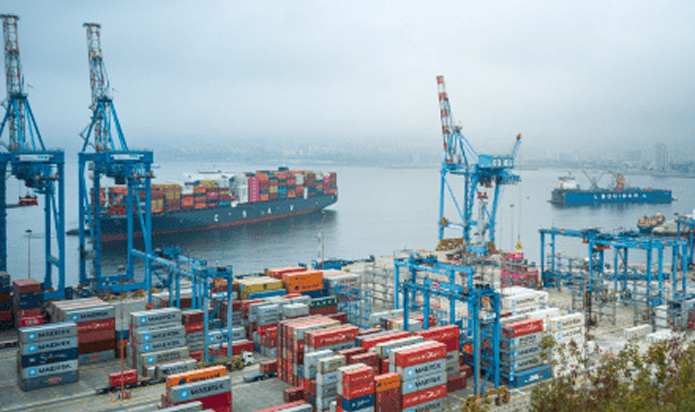
International Maritime Solid Bulk Cargo Code and Supplement
The International Maritime Solid Bulk Cargo Code covers the safe storage and shipment of solid bulk cargo. This code covers shipping risks for different solid bulk cargoes and outlines measures for shipping that solid bulk cargo.
Load Lines Convection
The Load Lines Convection regulation outlines a ship’s freeboard length and the stability of the ship. It also covers potential risks for different zones and seasons. The code primarily ensures that ships’ hulls are watertight below the freeboard deck.
International Aeronautical and Maritime Search and Rescue Manual (IAMSAR)
The Civil Aviation Organization and International Maritime Organization jointly publish a manual of mobile facility emergency search and rescue procedures. The manual should be on board all ships.
Collision Regulation ( COLREG)
COLREG works to prevent ship collisions. It is an essential guide for ship navigation.
MARPOL Code
The Marpol Code regulates marine pollution and dangerous substances emitted from a ship.
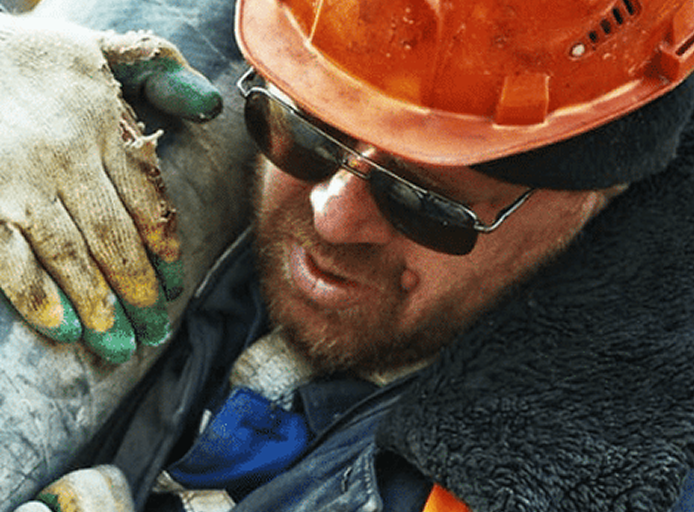
What Are the Most Common Maritime Security Issues?
Common current maritime security issues include:
Trespassing
Ships might enter a foreign country or territory without prior permission.
Terror Attacks
Terrorism can destroy valuable property and poses a significant security threat.
Illegal Maritime Trade Like Fishing
Illegal fishing has led to considerable property destruction when the associated parties clash.
Piracy
Maritime piracy is a major threat in the industry, leading to economic loss, lost time, transport delays, and high insurance rates.
Human Trafficking
Human trafficking can involve children, women, and men who have been exposed to hardships, sexual violence, and trauma.
Environmental Pollution
Oil spills affect maritime species. Air pollution from gas emissions poses a substantial risk to all living things.
Thievery
Cargo theft can cost millions of dollars, resulting in poor economic growth.
Future Security Threats in the Maritime Industry
Maritime security is constantly changing. In the future, the industry faces risks like:
Cyberattacks
Most companies increasingly rely on technology, leaving vessels vulnerable to remote attacks at sea.
Poor Equipment
International maritime organizations need modern weapons to deal with potential terror attacks.
Global Warming
Just as extreme temperatures affect maritime personnel, global warming will also affect maritime industry staff, potentially causing severe health issues.
Smart Contract Hacking
As hacking technology evolves, cases of contract hacking might increase.
Maritime Cloud Vulnerability
Cloud vulnerability can cause insufficient integration, maintenance, and design of cyber-related systems.
Social Engineering Attacks
Malicious activity can pose significant risks to the maritime industry. Staff can engage in dangerous social activity, make security mistakes, or give away sensitive
Taking Maritime Safety Seriously
The safety of any ship is reliant on the awareness and diligence of every crewmember, but the vessel security officer (VSO) handles daily tasks that are specifically focused on security and accident prevention. It’s a serious job that requires a deep understanding of the vessel, the crew, and, of course, the many dangers of living life at sea.
Some of the tasks that the VSO is responsible for, include:
- Training the crew for emergency situations
- Reporting and responding to security incidents onboard
- Regular vessel inspections and recommendations for modification and repair
- Monitoring and overseeing security equipment and procedures
- Managing the coordination and movement of cargo
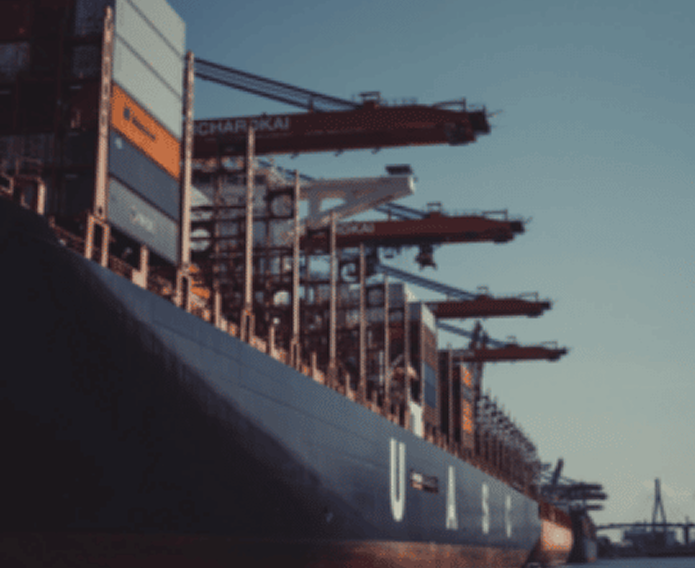
Safety Tips for Workers
To ensure a safe sail, here are some helpful tips:
1
Encourage situational awareness, staying alert to the ship environment.
2
Ensure good visibility and be attentive when moving cargo or when lifting equipment.
3
Report any mechanical malfunctions, electrical breakdowns, spills, or other abnormal incidents.
4
Always follow safety procedures. Wear recommended safety equipment, including helmets, shoes, goggles, etc.
5
Always ready yourself for work.
6
Report any illness. Do not work while injured, tired, or nauseous.
7
Learn maritime safety information from relevant training sessions.
Recreational Boating Safety
Maritime workers aren’t the only people at risk for injury on the water. Recreational boaters must adhere to rules and guidelines to ensure the safety of everyone around them.
In addition to required safety gear, such as lifejackets, floatation devices, fire extinguishers, and visual and audible signaling devices, you should keep the following items on board in case of emergency.
Flashlights with batteries
First aid kit
Medication for motion sickness
Anchor with a line
Bucket for bailing water
Very High Frequency (VHF) Marine Radio
Snorkeling mask
Paddles
Knife
According to U.S. Coast Guard-recognized boating education provider Boat Ed, most states don’t require boaters to possess a boater’s license to legally drive a boat. Instead, you’ll need a boater education card. You can obtain a boater education card by completing a boating safety course.
Where Can You Find State-Specific Boating Safety Laws and Regulations?
For state-specific boating laws and regulations, consult your state government’s website. The departments that govern boating laws go by different names in each state.
For example, In Texas, the Texas Parks and Wildlife is responsible for boating safety, whereas in California, boating regulations are handled by the California Division of Boating and Waterways.
And in New York, the New York State Office of Parks, Recreation and Historic Preservation enforces boating navigation laws and keeps waterways safe for boaters who enjoy the $8 billion recreational boating industry.
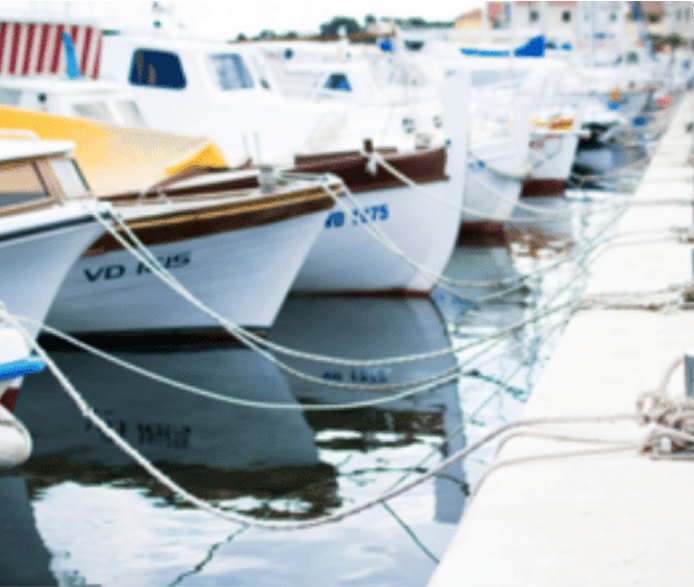
Maritime Safety Guidelines Consultation
The maritime lawyers at Lanier Law are well-versed in maritime law. Whether you want to consult about your maritime business or need representation in a maritime case, look no further. Contact us today.
